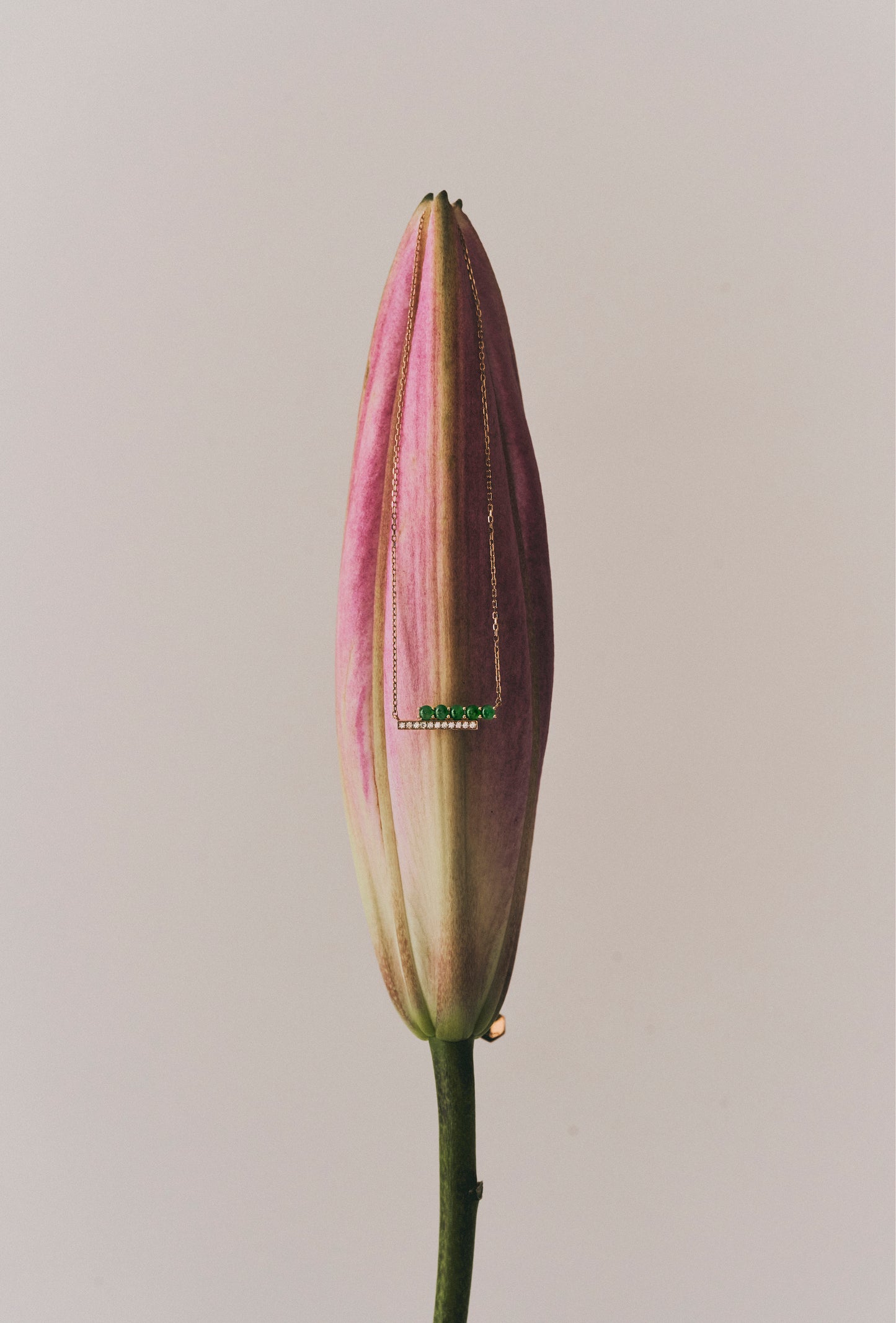Diamond grading criteria that test craftsmanship
Those who have worked with diamonds have likely heard of the "4Cs": Clarity, Color, Cut, and Carat. Clarity, Color, and Carat are closely related to the condition of the rough stone itself and are clearly graded in GIA diamond certificates. Cut, however, is the only factor that is entirely influenced by human intervention and is the most important factor affecting the appearance of a diamond.
Diamond shape? Diamond cut?
Most people often mistake the shape of a diamond for its cut, but in fact, shape and cut are completely different.
The shape of a diamond refers to its outline as seen from above when the diamond is face up. Common diamond cut shapes include round, triangular, heart, oval, pear, marquise, and cushion.
Diamond cutting refers to the interaction between the facet angles of a diamond and light. We know that light refracts when it passes through a prism, and the fine facets on a diamond's surface are what make it shine. The interaction of refracted light produces the diamond's brilliance, fire, and sparkle. The grade of a diamond's cut is determined by its symmetry and polish.
Common diamond cutting methods
Bright cut
The brilliant cut is the most popular facet. It consists of triangular or kite-shaped facets that optimize the refraction of light. Round brilliant cut diamonds have 57 to 58 facets and are the most brilliant diamond cut.
In 1919, mathematician Marcel discovered that if a diamond is cut too deep or too shallow, light will escape from the sides or bottom, making the diamond less bright. Through calculations and taking into account factors such as the diamond's brightness, he pioneered the brilliant cut, a cutting method that best showcases the diamond's brilliance.
Emerald cut
This cut is named for its resemblance to the shape cut of emeralds. It consists of trapezoidal facets that run parallel to the girdle of the diamond, resembling a staircase.
The emerald cut is a very straight cut with far fewer facets than a typical round brilliant cut diamond (57-58 facets). This large-facet cutting technique preserves more of the original diamond's appearance and highlights its texture. Therefore, it requires higher color and clarity from the diamond, and this special cut also gives it a particularly vintage and charming look.
Rose cut
In the history of diamonds, the rose cut is one of the earliest cutting methods discovered. It is said that the rose cut was inspired by the rose windows of European churches. This cut features perfect symmetry, with its surface composed of triangular facets, giving it an overall rosebud-like shape, with each facet resembling layers of petals. Viewed from the bottom, it presents a magnificent image reminiscent of stained glass windows, appearing both antique and solemn, possessing a beautiful and exquisite aesthetic.
Other cutting methods
Diamond cutting techniques have developed over seven centuries since 1313. In addition to the three well-known cutting methods mentioned above, there are also milestones in diamond cutting techniques such as the Mazaran cut, the Old Kong cut, and the Classic European cut.
Unrestricted light
The above introduction only covers the more common types on the market. Diamond cutting styles are ever-changing, and the best way is the one that best suits the presentation of the diamond. This is also a great test of a brand's aesthetic sense and craftsmanship. With the advancement of technology, some brands have also combined different cutting methods to present diamonds with different styles.
Hexagon, on the other hand, uses diamonds with different cuts in its arrangements to showcase diamonds of various cutting techniques within its designs, allowing them to complement each other and creating a unique design style exclusive to Hexagon.
















































